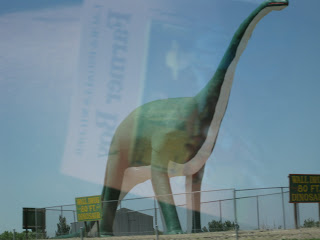 Mohawk Chief, George H.M. Johnson built the mansion for his bride. It was built between 1853-1856 using rare plank on plank construction from walnut trees harvested from the estate. It is the birthplace and childhood home of E. Pauline Johnson who has been designated as a "person of national significance" for her literary contributions to Canada. She was a very gifted author of poems and frequently gave dramatic recitals of her works throughout Canada and abroad. Living on Six Nations Territory and being of proud of both her Mohawk and English heritage, Pauline also canoed to attend services at Her Majesty's Royal Chapel of the Mohawks in Brantford.
Mohawk Chief, George H.M. Johnson built the mansion for his bride. It was built between 1853-1856 using rare plank on plank construction from walnut trees harvested from the estate. It is the birthplace and childhood home of E. Pauline Johnson who has been designated as a "person of national significance" for her literary contributions to Canada. She was a very gifted author of poems and frequently gave dramatic recitals of her works throughout Canada and abroad. Living on Six Nations Territory and being of proud of both her Mohawk and English heritage, Pauline also canoed to attend services at Her Majesty's Royal Chapel of the Mohawks in Brantford.
The Chapel which is the oldest Protestant Church in Ontario is in its original building. It has eight stained glass windows depicting an event in the history of the Six Nation people.

In 1850 the remains of Captain Joseph Brant were moved to a tomb at the Mohawk Chapel, re-affirming the chapel's connection with the native people.

 Next to Brant's tomb there is a boulder bearing a memorial to the Indian poetess, E. Pauline Johnson who attended services at the Chapel.
Next to Brant's tomb there is a boulder bearing a memorial to the Indian poetess, E. Pauline Johnson who attended services at the Chapel. Here is one of her poems:
Here is one of her poems:At Crow's Nest Pass
At Crow's Next Pass the mountains rend
Themselves apart, the rivers wend
A lawless course about their feet,
And breaking into torrents beat
In useless fury where they blend
At Crow's Nest Pass.
The nesting eagle, wise, discreet,
Wings up the gorge's lone retreat
And makes some barren crag her friend
At Crow's Nest Pass.
Uncertain clouds, half-high, suspend
Their shifting vapours, and contend
With rocks that suffer not defeat;
And snows, and suns, and mad winds meet
To battle where the cliffs defend
At Crow's Nest Pass.
Bell Homestead National Site, where Alexander Graham Bell made the first telephone call to Mt. Pleasant, was also an interesting visit.
















